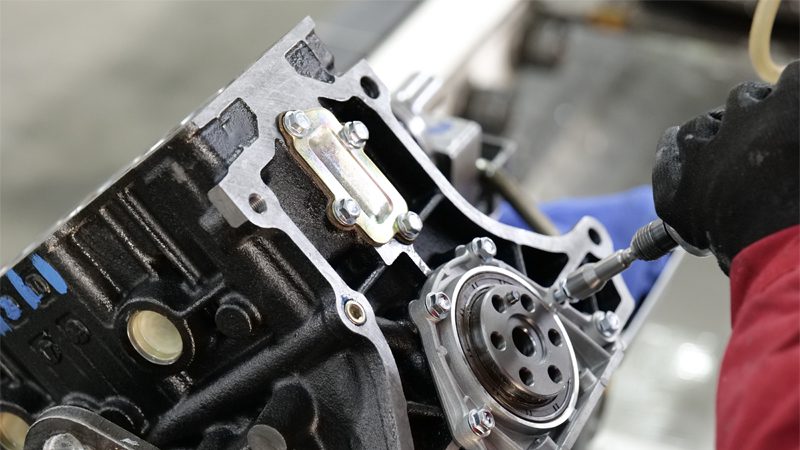Your car suddenly loses power, won’t shift gears properly, and feels like it’s begging for mercy—that’s likely limp mode, also known as limp home mode, stepping in. This clever safety feature in modern vehicles is your car’s way of saying, “Let’s not make things worse.”
When the engine control unit (ECU) or transmission control unit (TCU) detects a fault, it triggers limp mode to limit power and prevent serious engine or transmission damage. It might feel inconvenient, but limp mode is actually protecting both your vehicle and your wallet from costly repairs.
In this article, we’ll explain why your car is in limp mode, the warning signs you shouldn’t ignore, and how to safely get back on the road—so you can turn that frustrating moment into a smooth fix.
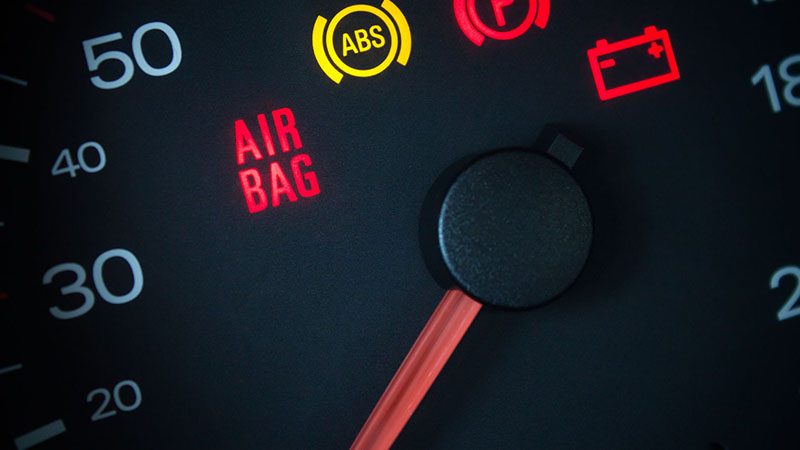
Symptoms and Warning Signs of Limp Mode
When your car enters limp mode, the signs are usually hard to ignore. You might notice reduced engine power, limited RPMs, and warning lights on the dashboard, such as the check engine light or other warning lights indicating system faults. Acceleration may feel sluggish, the car can get stuck in a single gear, or it may refuse to shift into higher gears.
Other warning signs include unusual engine noises, vibrations, or overall poor performance—often indicating a more serious issue with the engine or transmission. In some cases, the car’s air conditioning and other non-essential functions might also stop working, as the system focuses on protecting critical components.
Additionally, you may see other dashboard alerts, such as the transmission warning light or the throttle position sensor warning light, all pointing to potential faults that should be addressed promptly.
| Symptom/Warning | Description |
|---|---|
| Reduced engine power | Noticeable loss of power, making acceleration slow and unresponsive. |
| Limited RPMs | Engine revs are restricted to a safe range, preventing high speeds. |
| Dashboard warning lights | Check engine light or other system alerts appear on the dashboard. |
| Sluggish acceleration | The car struggles to accelerate, especially during gear changes. |
| Stuck in one gear | Vehicle may get stuck in a single gear or refuse to shift to higher gears. |
| Unusual engine noises or vibrations | Odd sounds or vibrations, often signaling deeper engine or transmission system issues. |
| Loss of auxiliary functions | Features like air conditioning may stop working to prioritize critical systems. |
| Transmission or sensor warning lights | Transmission warning or throttle position sensor lights appear, indicating system faults. |
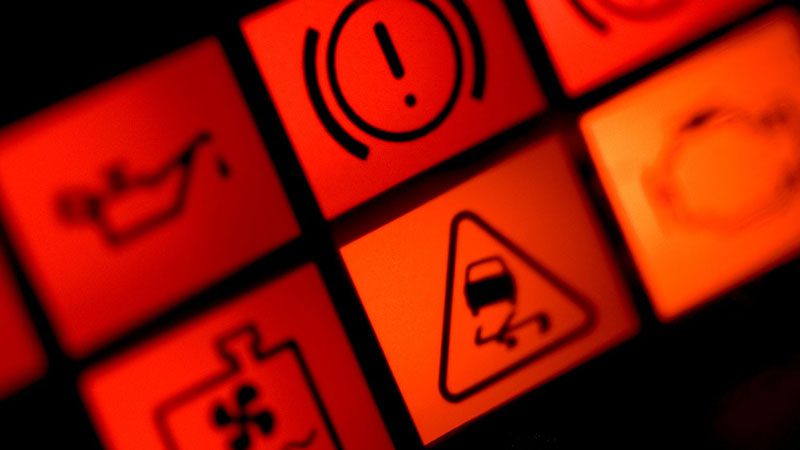
Common Causes of Limp Mode Activation
Limp mode can be triggered by a variety of issues, often related to the car’s sensors, wiring, or fluid levels. Faulty or malfunctioning sensors—such as the throttle position sensor or speed sensor—are among the most common culprits.
When these components fail, the vehicle’s engine control unit (ECU) may misinterpret signals and activate limp mode to protect the vehicle.
Electrical issues, such as broken wires or corroded connections, can also disrupt communication between the car’s control units, triggering limp mode activation.
Likewise, low or dirty transmission fluid can cause the system to limit performance, as poor lubrication affects the transmission system’s operation.
In some cases, more serious problems, such as a failing fuel pump or a malfunctioning transmission control unit (TCU), can also trigger limp mode.
Regular maintenance, including checking fluid levels and monitoring warning lights, is key to preventing these issues from escalating.
| Cause | Description |
|---|---|
| Faulty or malfunctioning sensors | Sensors like the throttle position sensor or speed sensor may send incorrect signals to the ECU. |
| Vehicle's engine control unit (ECU) errors | The ECU may misinterpret faulty signals and activate limp mode to protect the vehicle from further damage. |
| Electrical issues (broken wires, corrosion) | Broken wires or corroded connections can disrupt communication between control units, triggering limp mode. |
| Low or dirty transmission fluid | Poor or contaminated transmission fluid affects the transmission system's performance, causing limp mode. |
| Failing fuel pump | A failing fuel pump can reduce fuel pressure and trigger limp mode due to insufficient engine performance. |
| Malfunctioning transmission control unit (TCU) | A faulty TCU can cause communication errors with the ECU, leading to limp mode activation. |

Diagnosing the Underlying Issue
Diagnosing what triggered limp mode involves a careful, step-by-step approach using specialized tools like an OBD II scanner. This device allows mechanics or technicians to read trouble codes from the car’s ECU, helping pinpoint the exact issue—whether it’s with the engine, transmission, or electrical systems.
Identifying the root cause is crucial to prevent further damage and ensure proper repairs. Sometimes, the problem may be as simple as a temporary glitch or outdated software, in which case a quick system reset or update can clear the fault and restore normal driving.
However, for more complex issues, a thorough inspection and targeted repairs are necessary to get your vehicle safely back on the road.
How to Fix Limp Mode Issues
Fixing limp mode can range from simple DIY resets to professional repairs, depending on the cause. In some cases, you might be able to reset limp mode yourself by disconnecting the battery for a few minutes or using an OBD II scanner to clear fault codes. However, these are only temporary fixes and won’t address the underlying problem.
For persistent issues or if you’re unsure of the cause, it’s best to seek professional help. Mechanics have the tools and expertise to properly diagnose and repair the fault, whether it’s a failing sensor, transmission issue, or electrical fault. Attempting DIY repairs without proper knowledge can sometimes make the problem worse or lead to costly damage.
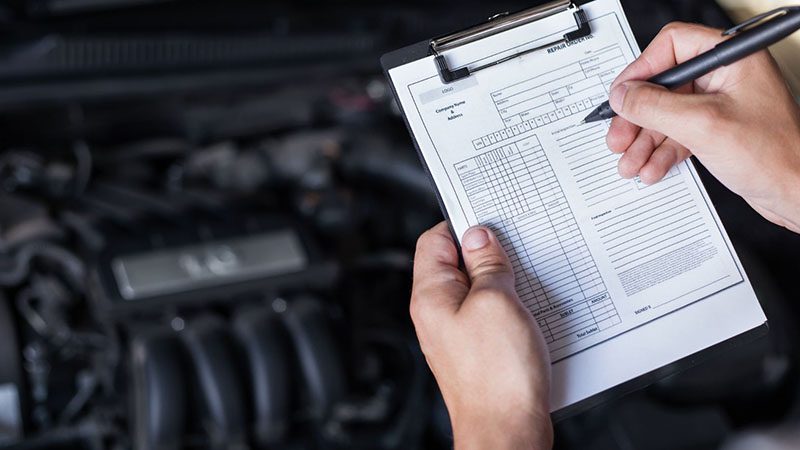
Preventing Limp Mode in the Future
The best way to avoid limp mode is through regular vehicle maintenance. Keep up with routine oil changes, fluid checks, and inspections to ensure your engine, transmission, and sensors are in good working order.
Pay close attention to early warning signs, such as unusual noises, dashboard lights, or changes in performance—addressing these issues early can prevent bigger problems down the road.
It’s also a good idea to keep an OBD-II scanner in your car. This handy tool lets you quickly check trouble codes if a warning light comes on, giving you a head start in identifying potential issues before they escalate into limp mode.
Driving in Limp Mode Precautions
While driving in limp mode isn’t ideal, there are times when you might need to carefully move your vehicle to a safe location or repair shop. In such cases, it’s important to drive at a low speed, avoid sudden acceleration, and never push the car beyond its limited power—doing so could cause further damage to the engine or transmission.
However, driving in limp mode should only be a short-term solution. Ignoring the warning signs or delaying repairs can escalate minor issues into severe damage and costly repairs. Whenever possible, it’s safest to stop driving altogether and have the vehicle towed to a trusted mechanic to minimize risks and protect your car’s critical systems.
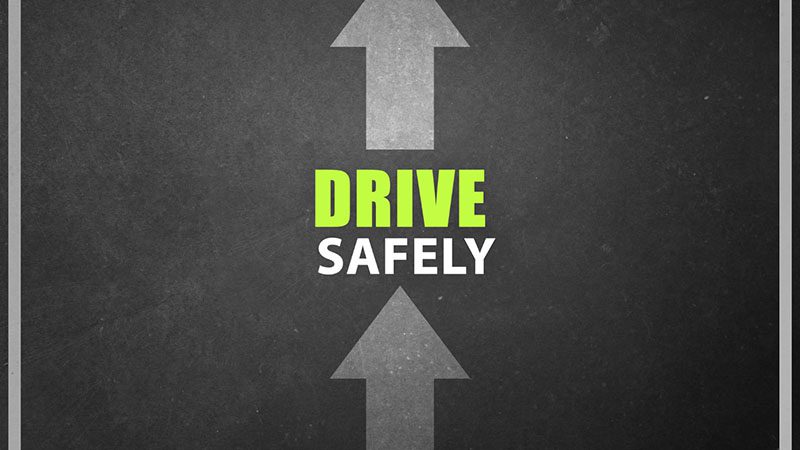
Disabling Limp Mode Permanently Risks
Many drivers may be tempted to bypass limp mode permanently, but doing so is not recommended, as it removes a critical safety feature and can lead to severe engine or transmission damage.
Limp mode acts as a safeguard, preventing catastrophic failures by limiting performance when the ECU or TCU detects a serious fault.
By bypassing this function, you risk exposing the car—and its occupants—to dangerous situations and potentially costly repairs. In some cases, disabling limp mode can also void your vehicle’s warranty or create additional system errors.
Instead of trying to override limp mode, it’s always best to identify and fix the root cause of the issue to ensure your car operates safely and reliably.

FAQs
Can I drive in limp home mode?
Yes, but only for a short distance to reach a safe place or repair shop. Prolonged driving in limp mode can cause further damage.
Is limp mode dangerous?
Limp mode itself is a safety feature designed to protect your vehicle, but ignoring the warning and continuing to drive aggressively can put both the car and passengers at risk.
How much does it cost to fix limp mode?
The cost varies widely depending on the cause—simple fixes like sensor replacements might cost under $100, while major issues like transmission repairs can run into the thousands.
How do I reset limp mode at home?
You can attempt a temporary reset by disconnecting the battery for about 15 minutes or using an OBD-II scanner to clear fault codes. However, this won’t fix the underlying issue causing limp mode.
Conclusion
Limp mode is your car’s built-in safety net, preventing serious damage when something goes wrong. By understanding the symptoms, causes, and safe ways to respond, drivers can avoid bigger issues and costly repairs. Remember, the key is not to ignore limp mode or attempt to disable it, but to diagnose the root cause and repair it properly.
At Nanjing Woda Auto Technology Co., Ltd, we specialize in providing high-quality engine and transmission parts designed to keep vehicles performing at their best. Whether you’re a workshop, distributor, or auto parts retailer, we are your trusted partner for durable, precision-engineered parts.
Visit our website or contact us to learn more about our automotive parts solutions.
